Daniel Brinkman
Foreign Object Debris Detection for Airport Pavement Images based on Self-supervised Localization and Vision Transformer
Oct 30, 2022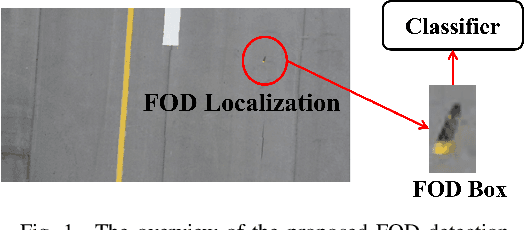
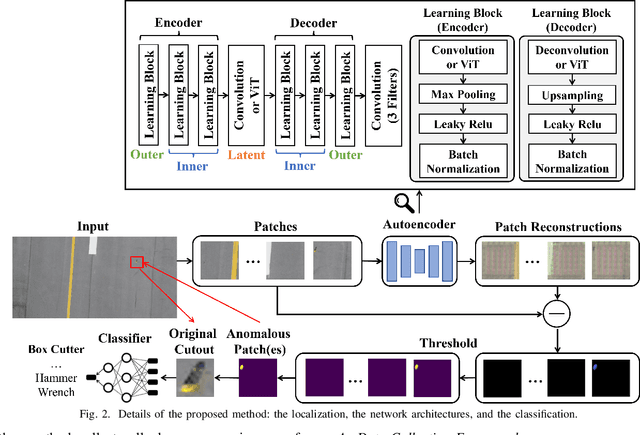
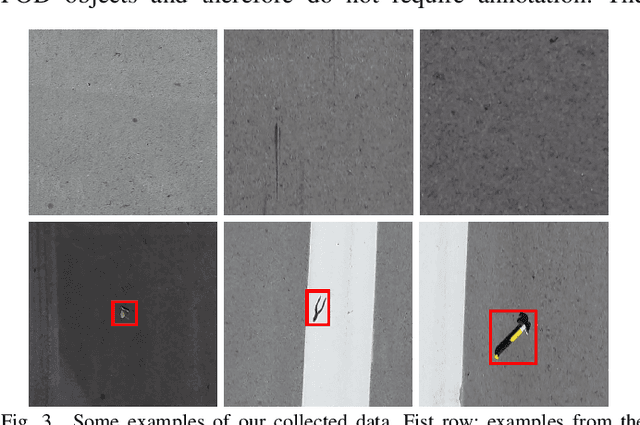
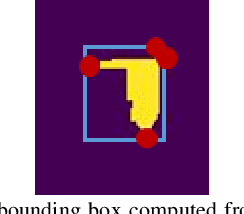
Abstract:Supervised object detection methods provide subpar performance when applied to Foreign Object Debris (FOD) detection because FOD could be arbitrary objects according to the Federal Aviation Administration (FAA) specification. Current supervised object detection algorithms require datasets that contain annotated examples of every to-be-detected object. While a large and expensive dataset could be developed to include common FOD examples, it is infeasible to collect all possible FOD examples in the dataset representation because of the open-ended nature of FOD. Limitations of the dataset could cause FOD detection systems driven by those supervised algorithms to miss certain FOD, which can become dangerous to airport operations. To this end, this paper presents a self-supervised FOD localization by learning to predict the runway images, which avoids the enumeration of FOD annotation examples. The localization method utilizes the Vision Transformer (ViT) to improve localization performance. The experiments show that the method successfully detects arbitrary FOD in real-world runway situations. The paper also provides an extension to the localization result to perform classification; a feature that can be useful to downstream tasks. To train the localization, this paper also presents a simple and realistic dataset creation framework that only collects clean runway images. The training and testing data for this method are collected at a local airport using unmanned aircraft systems (UAS). Additionally, the developed dataset is provided for public use and further studies.
Integrative Use of Computer Vision and Unmanned Aircraft Technologies in Public Inspection: Foreign Object Debris Image Collection
Jun 01, 2021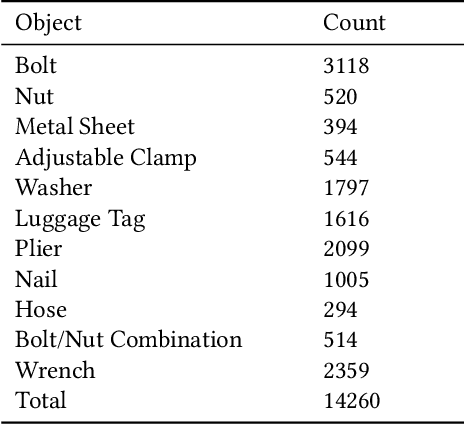

Abstract:Unmanned Aircraft Systems (UAS) have become an important resource for public service providers and smart cities. The purpose of this study is to expand this research area by integrating computer vision and UAS technology to automate public inspection. As an initial case study for this work, a dataset of common foreign object debris (FOD) is developed to assess the potential of light-weight automated detection. This paper presents the rationale and creation of this dataset. Future iterations of our work will include further technical details analyzing experimental implementation. At a local airport, UAS and portable cameras are used to collect the data contained in the initial version of this dataset. After collecting these videos of FOD, they were split into individual frames and stored as several thousand images. These frames are then annotated following standard computer vision format and stored in a folder-structure that reflects our creation method. The dataset annotations are validated using a custom tool that could be abstracted to fit future applications. Initial detection models were successfully created using the famous You Only Look Once algorithm, which indicates the practicality of the proposed data. Finally, several potential scenarios that could utilize either this dataset or similar methods for other public service are presented.
 Add to Chrome
Add to Chrome Add to Firefox
Add to Firefox Add to Edge
Add to Edge